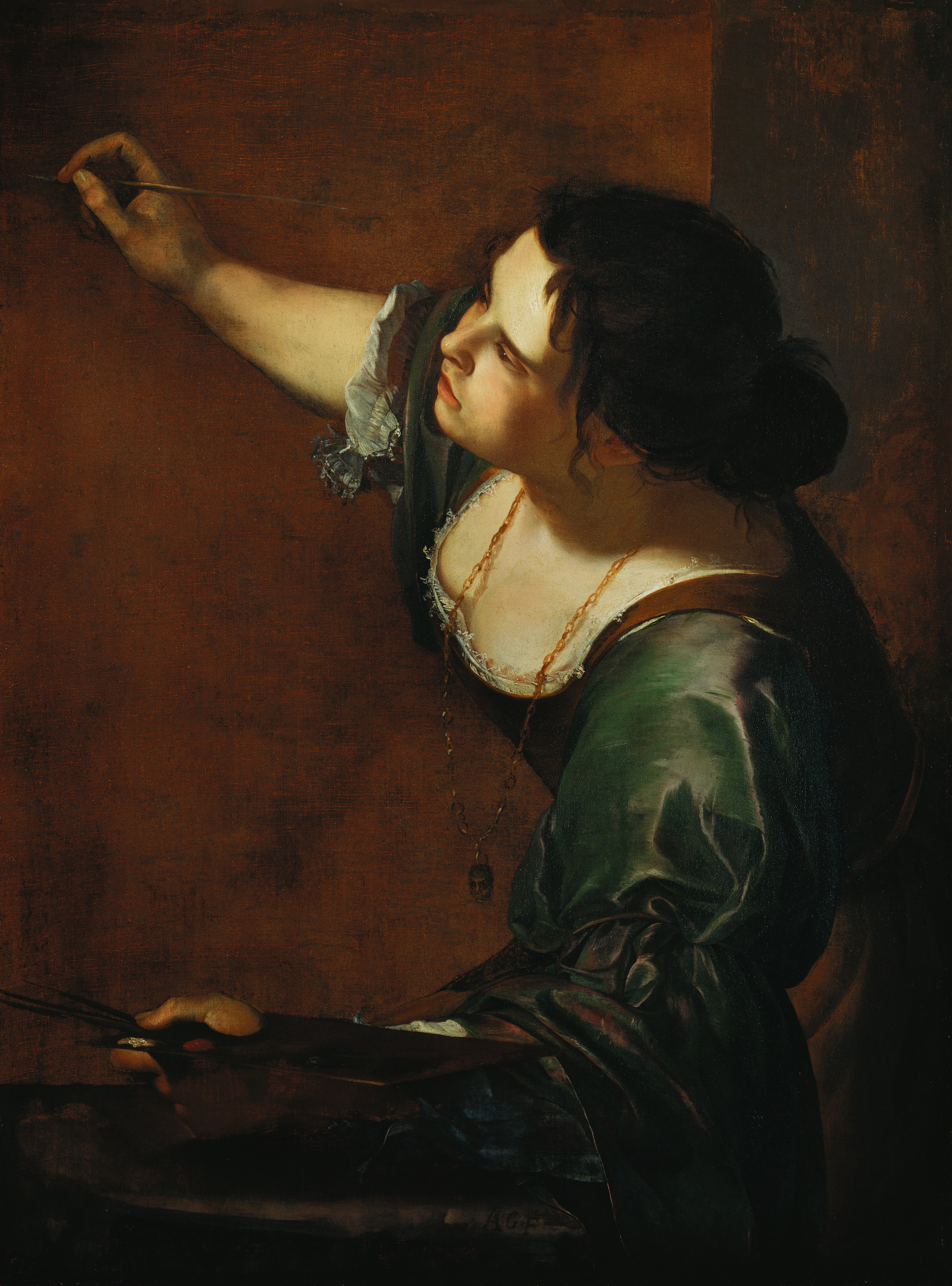If you opened DailyArt yesterday, you won't be surprised today. As an example of how huge Caravaggio's influence was on other artists of the epoch, today we present the same scene painted by Artemisia Gentileschi.
The painting is considered one of her iconic works. The canvas shows Judith beheading Holofernes, so the exact same moment as Caravaggio. Little is known of the painting's early history; many scholars, however, believe it was created while Artemisia was still living in Rome. There is no information as of yet on the patron of this artwork. At some point in the painting's history, the left and top parts were cut off, leaving a curtailed version of the original painting. Early feminist critics interpreted the painting as a form of visual revenge following Gentileschi's rape by Agostino Tassi in 1611; similarly many other art historians see the painting in the context of her achievement in portraying strong women. What we know for sure is that Artemisia painted this painting when she was 20 years old. Also, that she is not holding back the gruesome imagery, and shows visibly how Judith is putting her full efforts into the slaying, even by employing her maidservant.
Today is also another important day - International Translation Day! On this occasion, we want to thank all our translators and proofreaders who work hard every day so you can read DailyArt in 23 languages. Without them, we wouldn't be here for you. Thank you so much, you are amazing!
P.S. Don't miss our -25% presale on DailyArt 2024 Calendars, only active until tomorrow!
P.P.S. Gentileschi was a courageous painter, who defied common practice of depicting aestheticized male violence against women in art. Read about how she challenged the conventions and took female rage to a whole new level!

.jpg)
 Artemisia Gentileschi
Artemisia Gentileschi